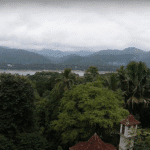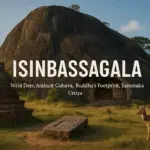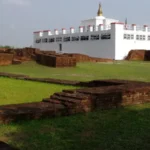For generations, Buddhist pilgrims have associated Jetavana — the famous monastery where the Buddha gave many of his most profound teachings — with the ancient Indian city of Sāvatthī. But what if that’s only half the story?
In the misty mountains of Sri Lanka, a forgotten monastery still bears the name Jetawanarama. Hidden among dense forests and ancient Na trees, Ritigala may hold the key to unlocking a deeper truth. Could this be the real Jetavana?
The Famous Gāthā: Re-reading an Ancient Verse
“Evaṃ me sutaṃ: Ekaṃ samayaṃ Bhagavā Sāvatthiyaṃ viharati Jetavane Anāthapiṇḍikassa ārāme.”
“Thus have I heard: At one time, the Blessed One was dwelling in Sāvatthī, in Jetavana, in the monastery of Anāthapiṇḍika.”
This line appears at the beginning of countless suttas in the Pāli Canon. Traditionally, it refers to Northern India — but there’s increasing reason to believe the geography was misunderstood or deliberately shifted over time.
10 Powerful Reasons Why Ritigala May Be the True Jetavana
Here’s what makes Ritigala Jetawanarama a compelling match for the ancient Jetavana described in Buddhist texts:
1. Name Continuity: Jetawanarama
- Ritigala still hosts a monastery named Jetawanarama, preserving the ancient Pāli name.
- Unlike Indian Jetavana sites, this name has remained intact and continuous for centuries.
2. Jetha Vana = Na Tree Forest
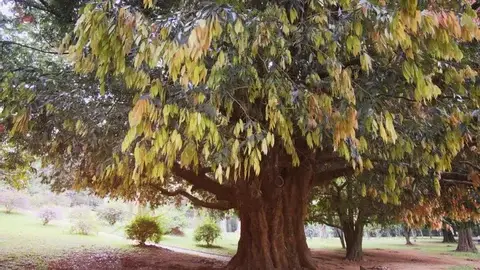
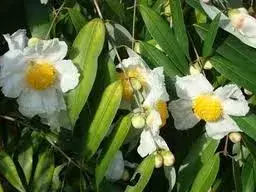
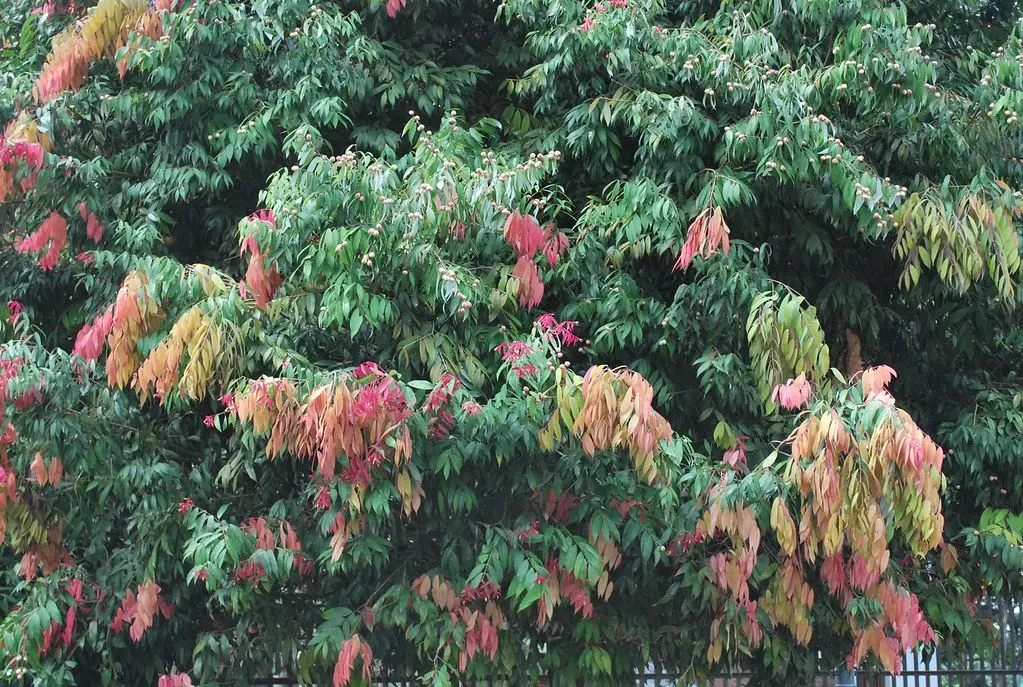
- In Maghadi, “Jetavana” literally means Na tree forest, Jetha = Na Tree (Ceylon Ironwood) Vana = Forest.
- Ritigala is rich in Na trees or Ceylon Ironwood (Mesua ferrea or Mesua nagassarium) to this day — a living echo of the name’s meaning.
3. A Place Where Vas Season Can Be Observed All Year
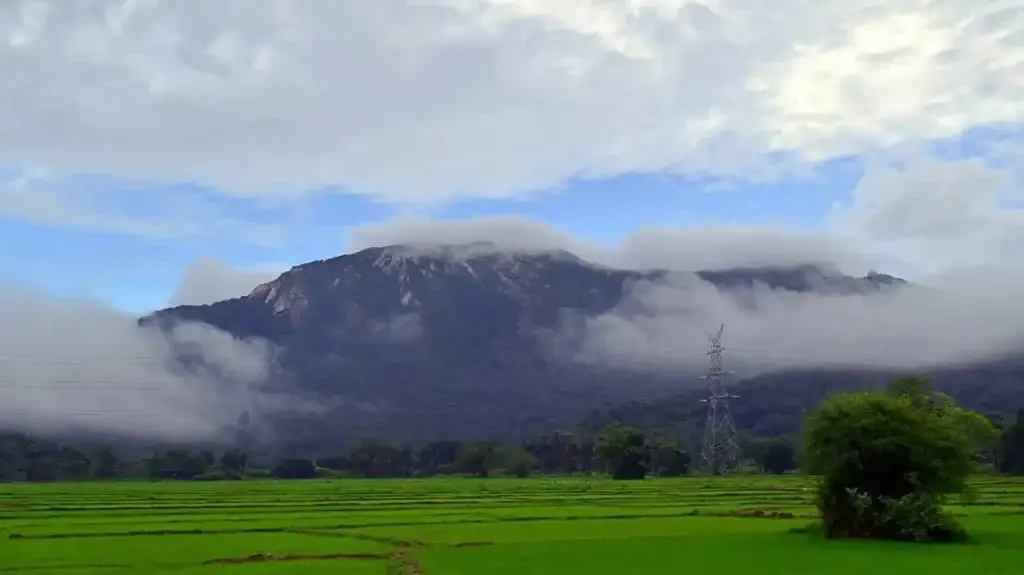
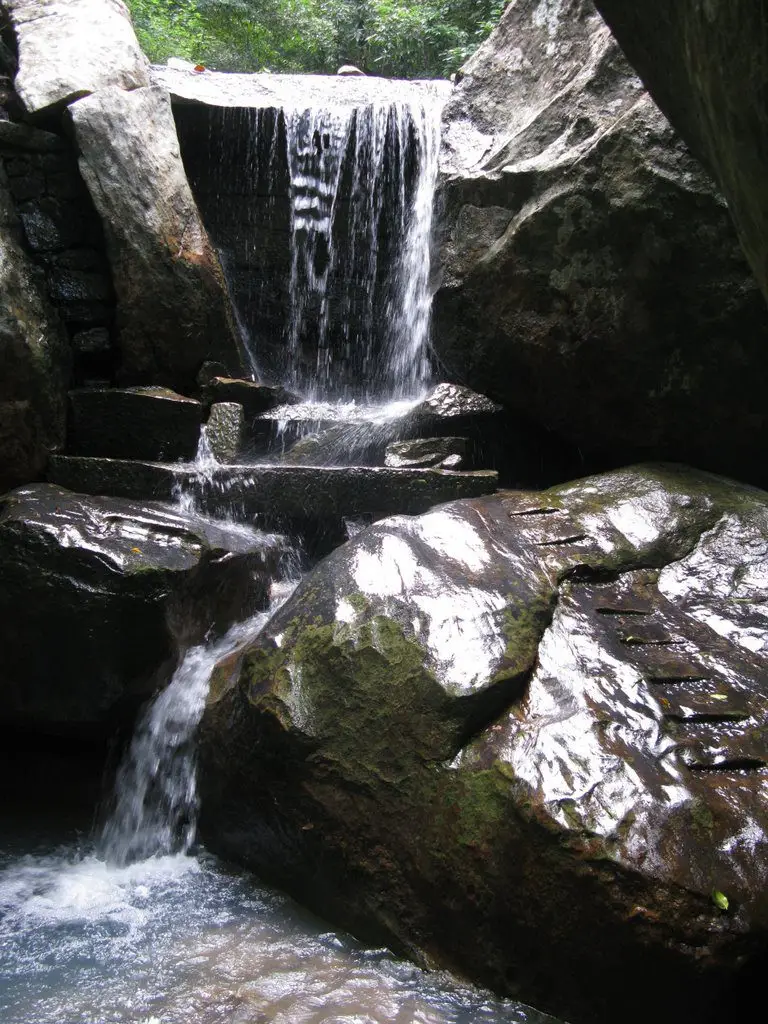
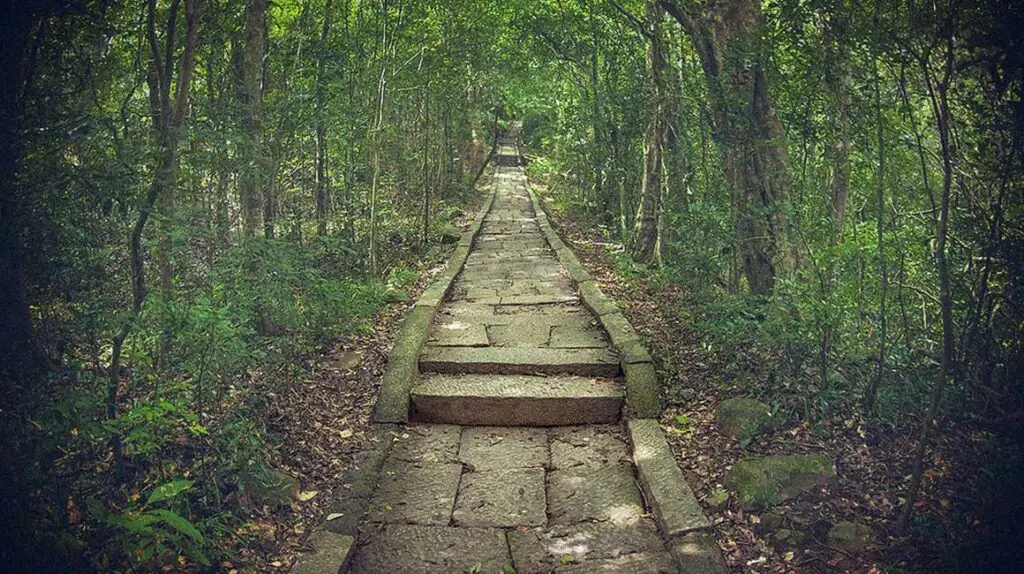
- Due to Ritigala’s cool, misty, and serene climate, monks could observe the Vas season (rain retreat) year-round — unlike in India.
- Local tradition says monks stayed here for 22 Vas seasons, indicating long-term residence.
4. 600+ Year-Old Tree in the Entrance Pond
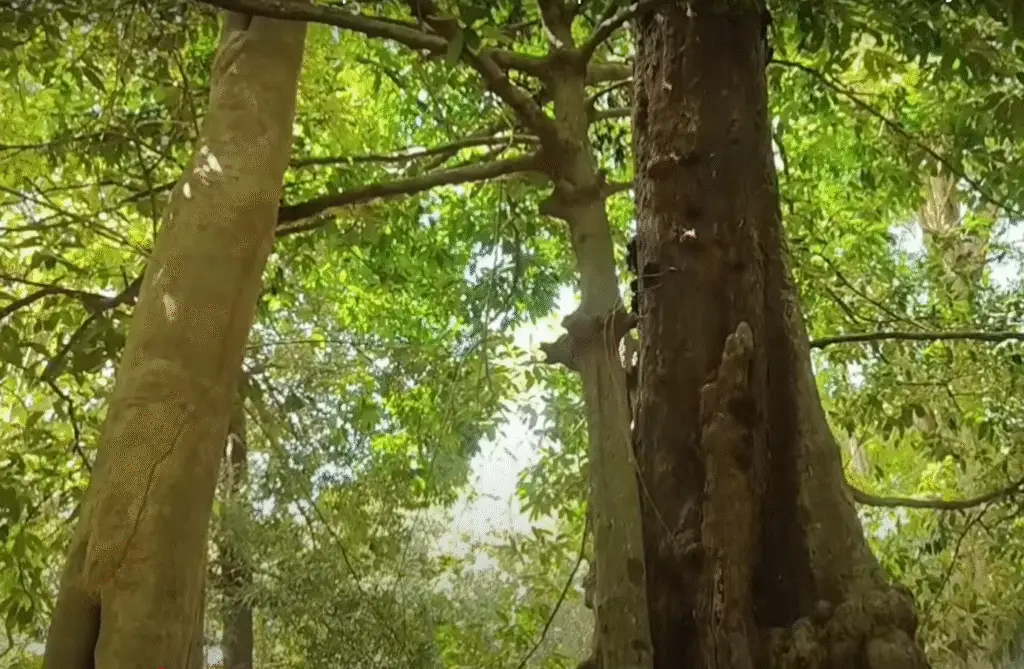

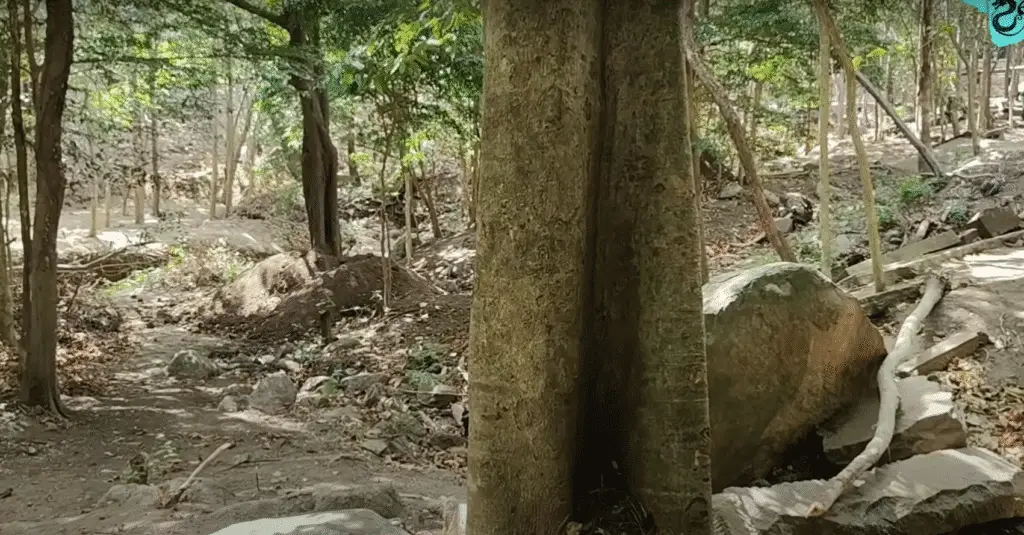
- A 600–700 year old tree grows inside a massive pond at the entrance.
- This living tree marks the approximate time of destruction, possibly during Indian invasions, preserving a timeline in nature itself.
5. Advanced Water Engineering
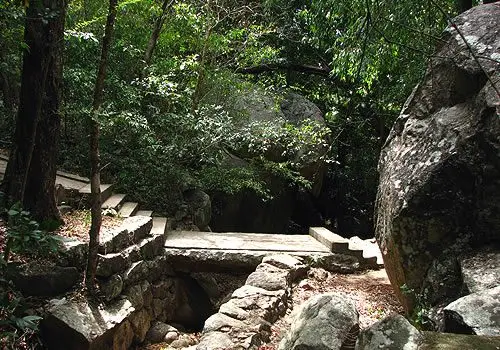
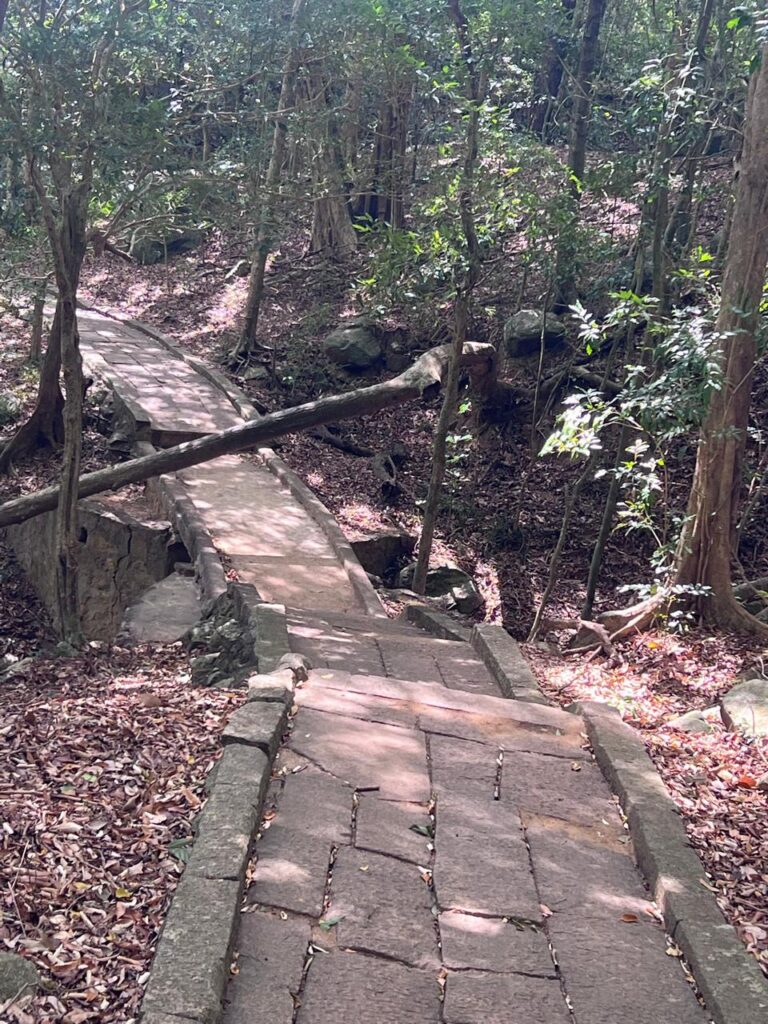
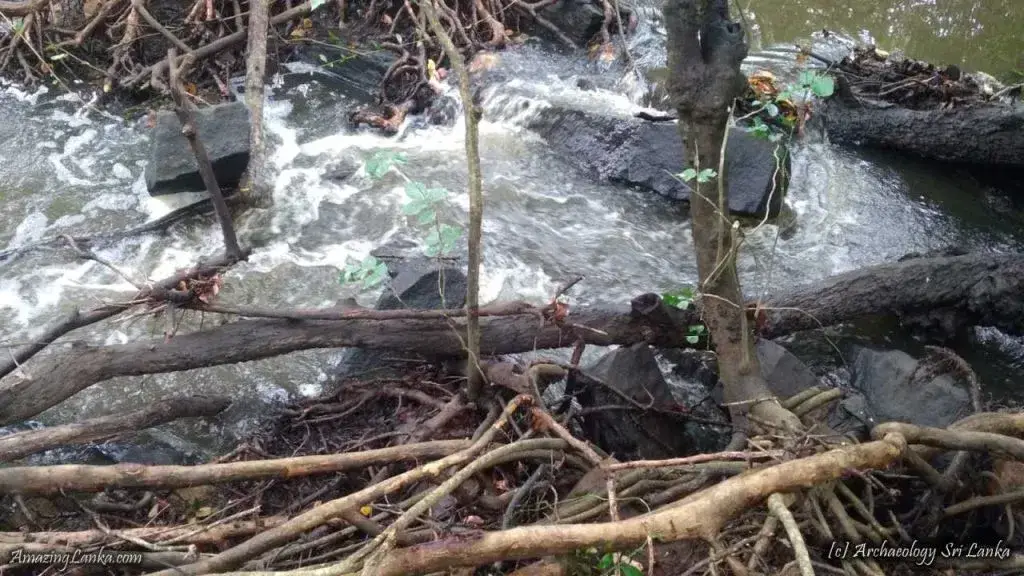
- Ritigala features controlled streams, mini waterfalls, and ponds designed for sustainable use.
- Stone channels guide water from the mountain’s summit to the monastery below — a marvel of ancient Sri Lankan engineering.
6. Monumental Architecture
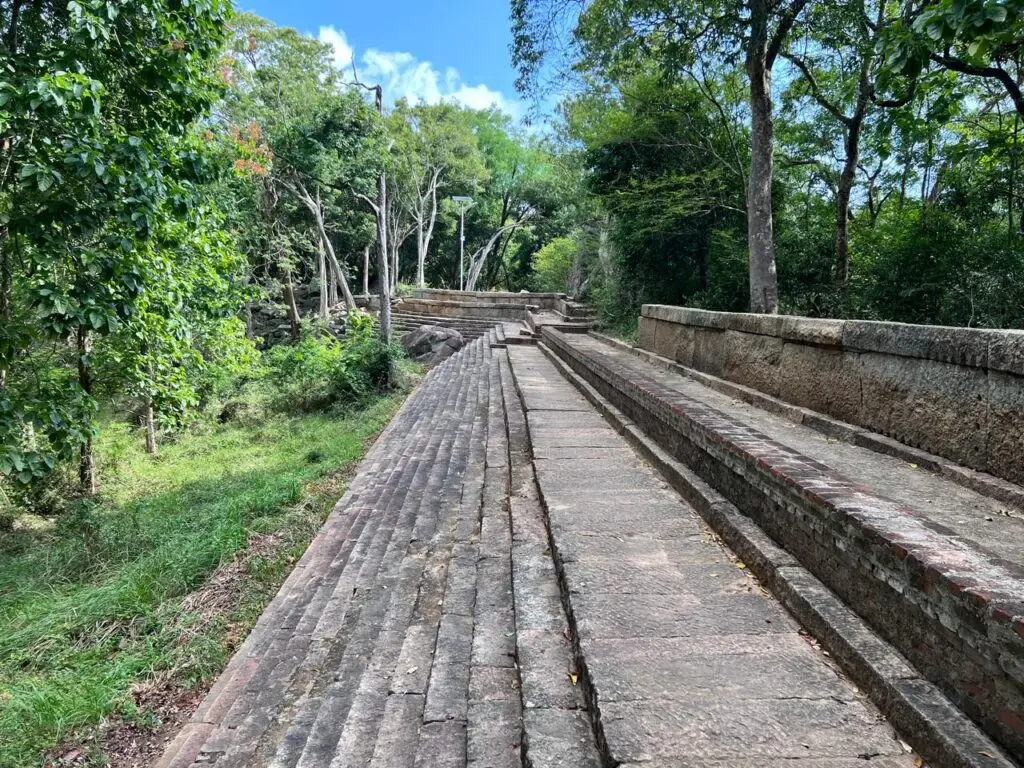
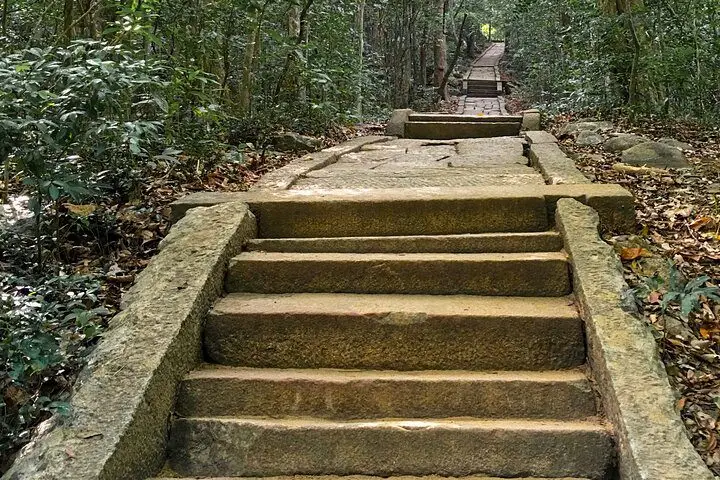


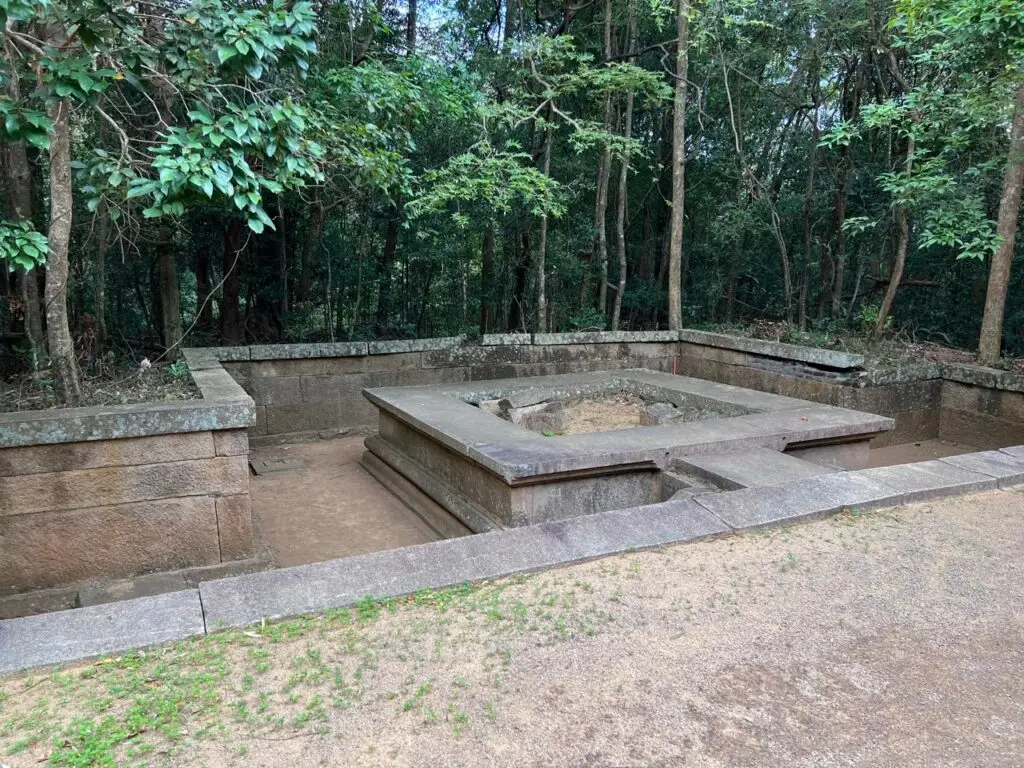
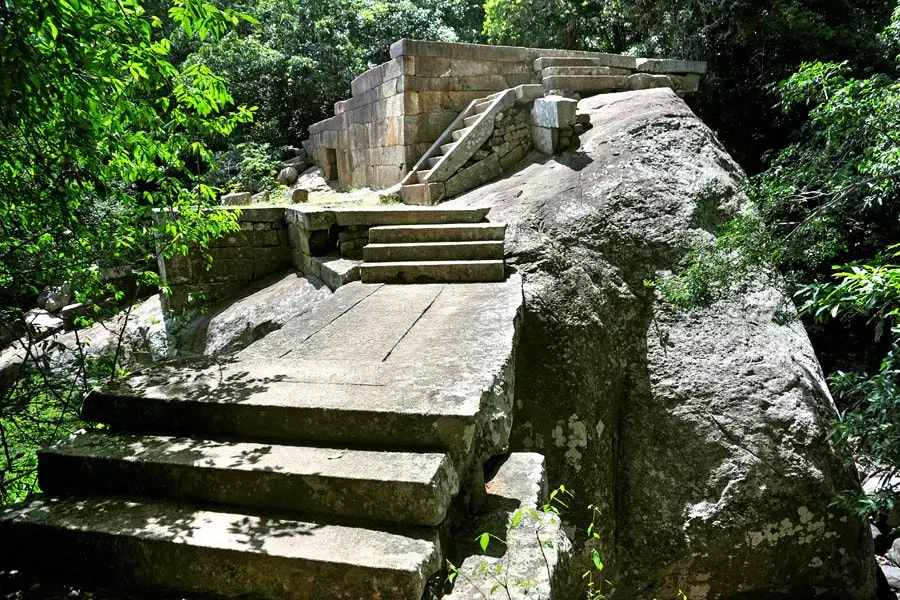
- The site includes:
- Stone steps and bridges
- Meditation paths
- Resting platforms
- Alms halls, medical centers, and teaching halls
- Top-level platforms believed to have been used by the Buddha and senior monks
- These match Jetavana’s functional descriptions in the Canon.
7. Surrounded by Seven Mountains
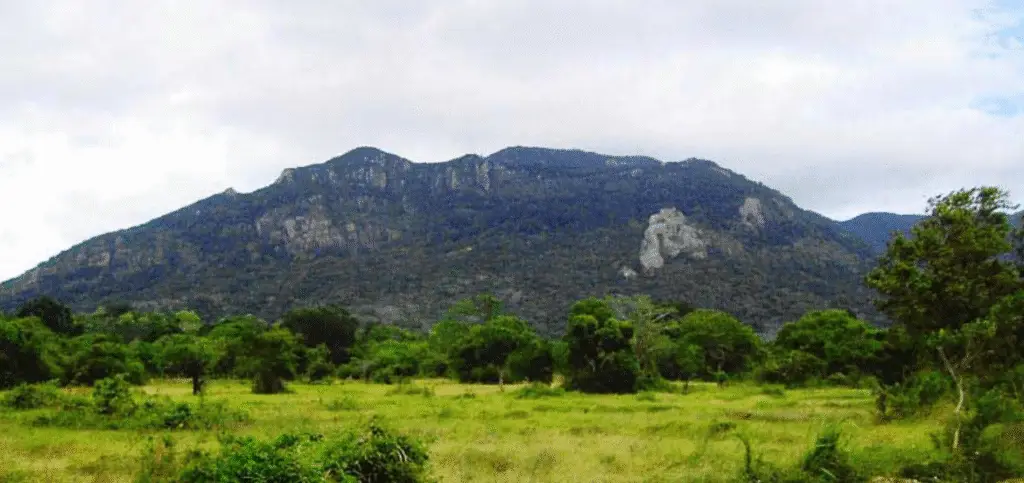
- Ritigala is encircled by seven mountain ridges, paralleling Buddhist cosmology and the idea of Satta Parikkhāra (seven surroundings).
- Symbolically and literally, it is a protected sanctuary.
8. Evidence of Ongoing Construction
- Many partially carved stones and unfinished construction zones are still visible.
- This shows Ritigala was a major long-term project, possibly interrupted by foreign invasions.
9. Center for Meditation, Healing & Study

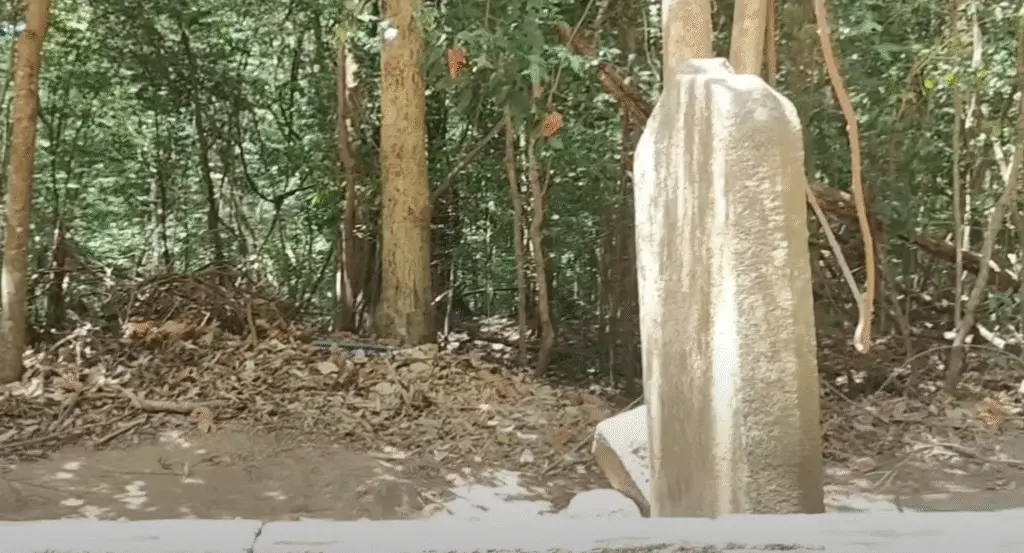
- Ritigala was known for healing herbs and spiritual rehabilitation.
- Monks practiced walking meditation, lived in forest cells, and taught advanced Dhamma — matching descriptions from suttas spoken at Jetavana.
10. Historical Destruction by Invaders
- Local lore and historical context suggest the destruction of Ritigala Jetawanarama by South Indian forces.
- Many monasteries across Sri Lanka suffered similar fates during these periods of conflict.
What If Sāvatthī Was in Lanka?
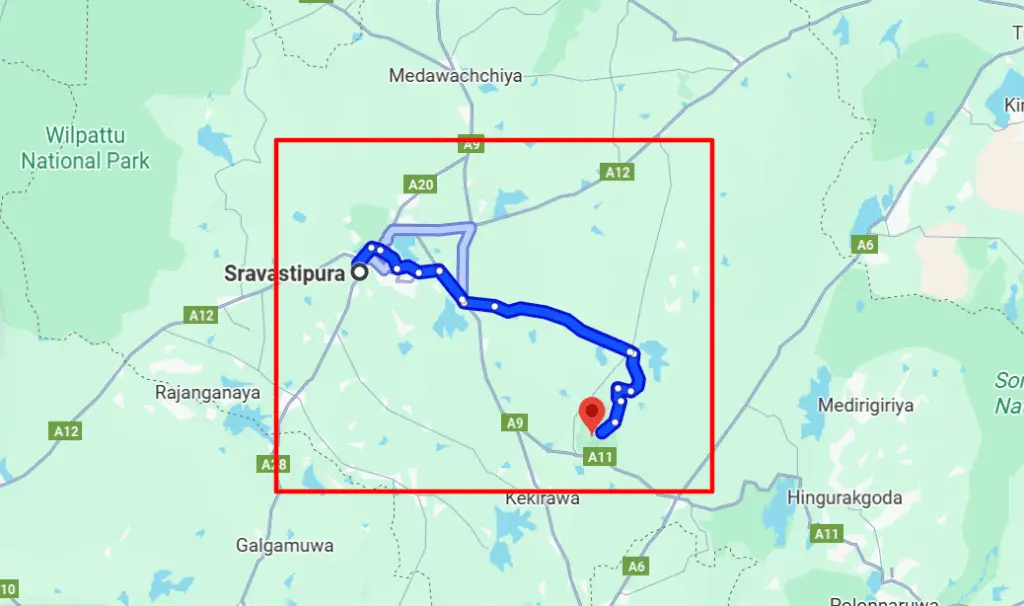
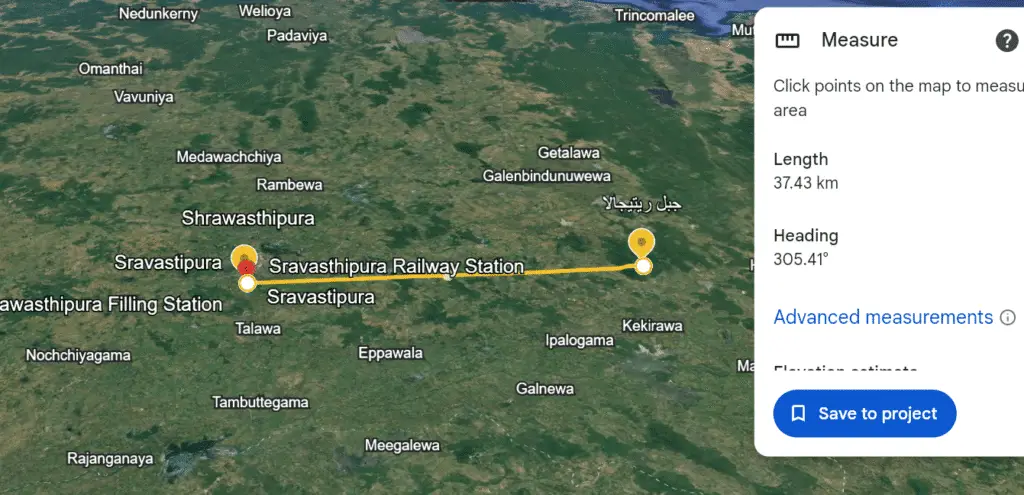
While Indian tradition places Sāvatthī in North India, ancient Sri Lankan chronicles and emerging archaeological clues suggest that a spiritual capital bearing the same name may have existed in Sri Lanka — specifically in the region surrounding Ritigala.
Just a short distance from Ritigala lies a city called Srawasthipura, located in the Anuradhapura District. The resemblance to the ancient name Sāvatthī is more than coincidence:
Sāvatthī (Pāli)
→ Śrāvastī (Sanskrit)
→ 舍衛國 / Shèwèi Guó (Chinese)
→ Srawasthi (Sinhala adaptation)
→ Srawasthipura (Modern city near Ritigala)(Pura = City)
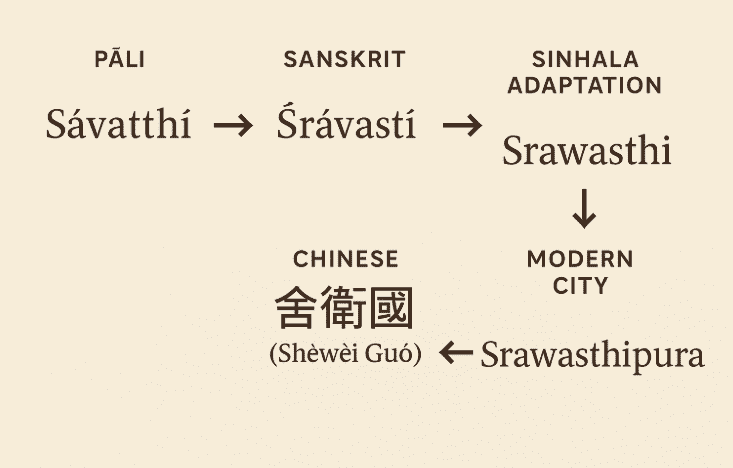
Srawasthipura today is not just a name—it’s a city with archaeological remains, including ponds, stone structures, and ancient foundations. These features mirror descriptions from the Pāli Canon of Sāvatthī as a center of lay and monastic life. Its close proximity to Ritigala Jetawanarama makes it a strong candidate for the sacred pairing described in Buddhist texts: Sāvatthī and Jetavana.
The case grows stronger when we look at the records of ancient Chinese pilgrims.
Chinese Monks & the Lost Kingdom of Sāvatthī
Both Faxian (5th century) and Xuanzang (7th century) recorded their visits to Sāvatthī using the Chinese name:
舍衛國 (Shèwèi Guó) — “The Kingdom of Sāvatthī”
They noted that this was the location of:
- Jetavana Monastery
- The residence of the Buddha
- Sites of major teachings and miracles
If we accept that the modern city of Srawasthipura in Sri Lanka preserves this name, then Shèwèi Guó from the Chinese records may not be in India after all — but right here in Lanka.
What Does the Name Sāvatthī Mean?
The name Sāvatthī (Pāli) or Śrāvastī (Sanskrit) carries deep meaning. Ancient sources say it was named after a sage named Śrāvast, but linguistically, it may also derive from the root “savati”, meaning to hear or to be renowned. This gives Sāvatthī the meaning: “a place that is well-heard of” or “a place of spiritual fame.”
If Srawasthipura near Ritigala is indeed the true Sāvatthī, then its name still holds — as a sacred city echoing the Dhamma, a renowned center of healing, teaching, and inner transformation.
Could We Have Misread the Map of the Dhamma?
Together, Srawasthipura and Ritigala reflect everything described in the ancient scriptures:
- A spiritual capital (Sāvatthī / Srawasthipura)
- A grand monastery and healing retreat (Jetavana / Jetawanarama)
What if we’ve simply mislocated the sacred geography?
Maybe it’s not the words we’ve misread —
but the land beneath our feet.
Conclusion: A Forest Still Whispering Dhamma
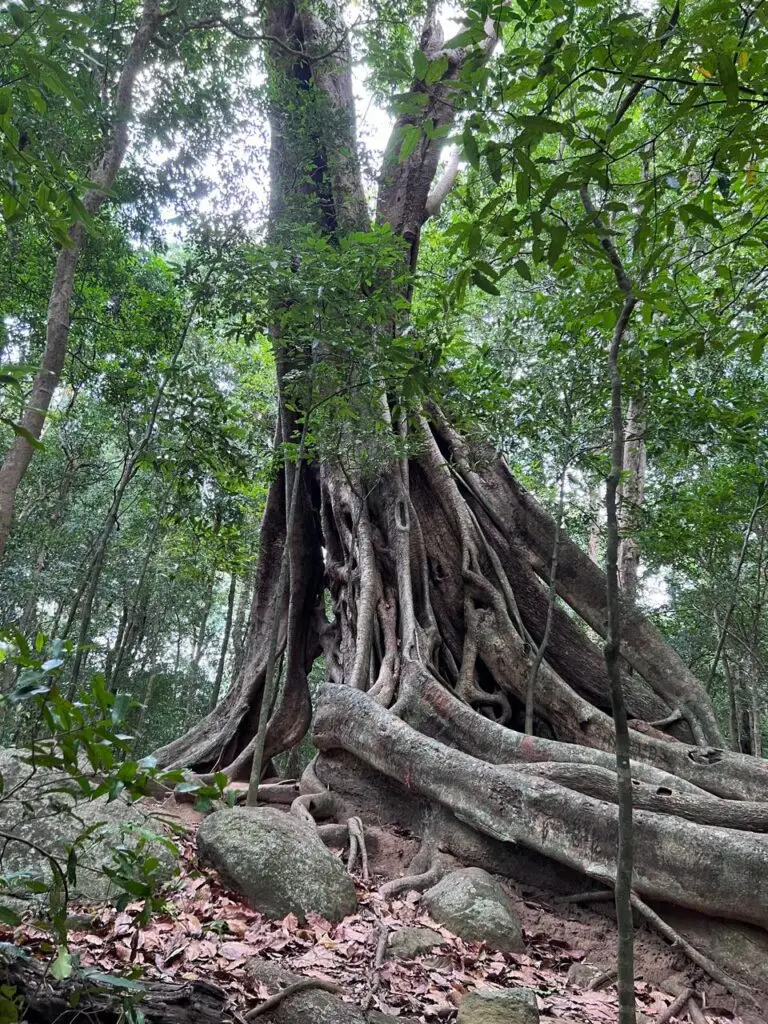
Ritigala is not just a ruin. It’s a living sacred space where trees still tell stories, streams still sing, and stones still echo with footsteps of the past. The name Jetawanarama is not symbolic — it may be literal.
Perhaps the time has come to listen again to that ancient opening line:
“Evaṃ me sutaṃ…” — “Thus have I heard…”
And ask: What if we’ve been hearing it wrong?
